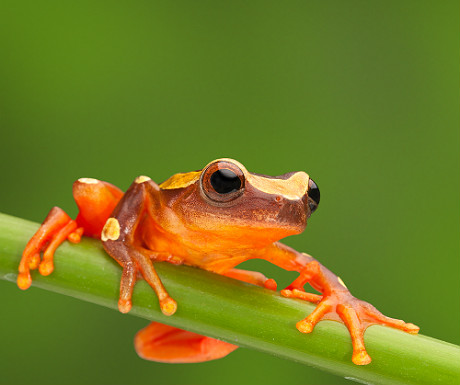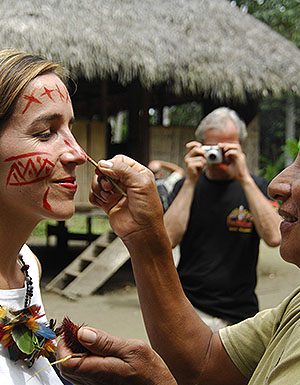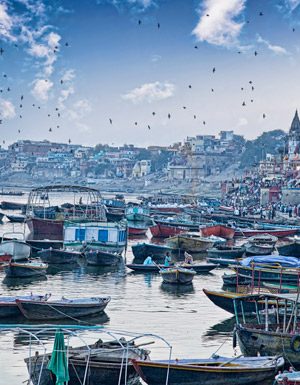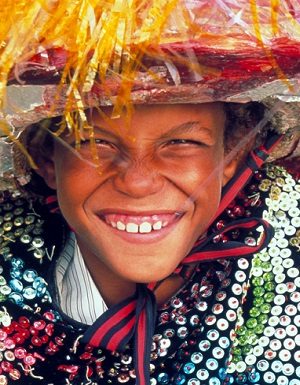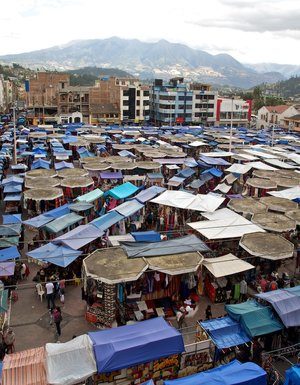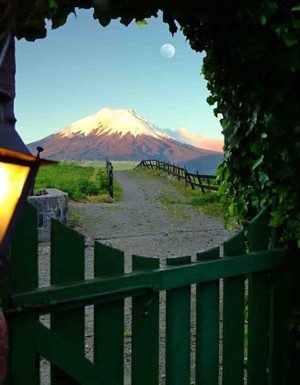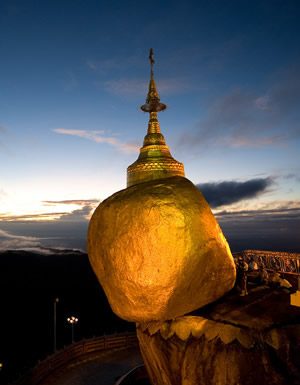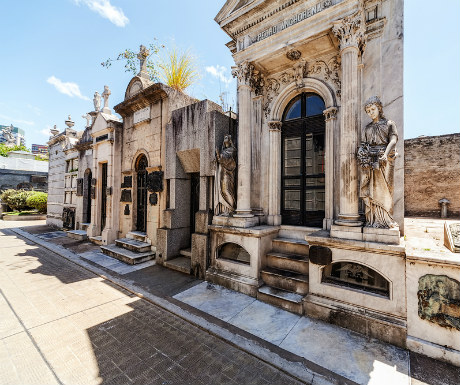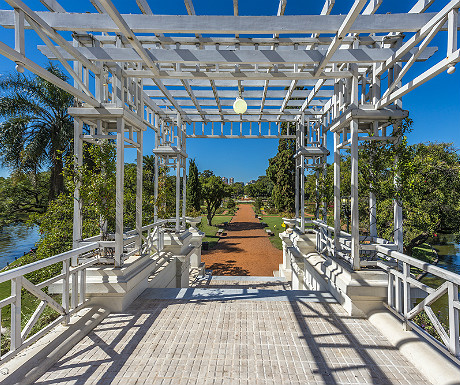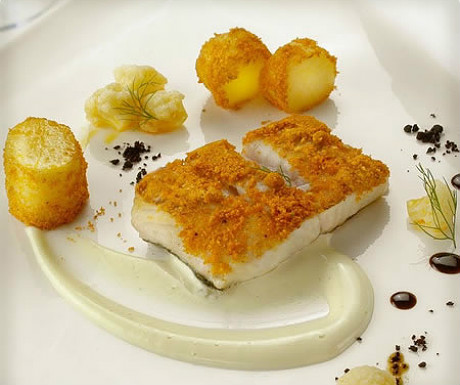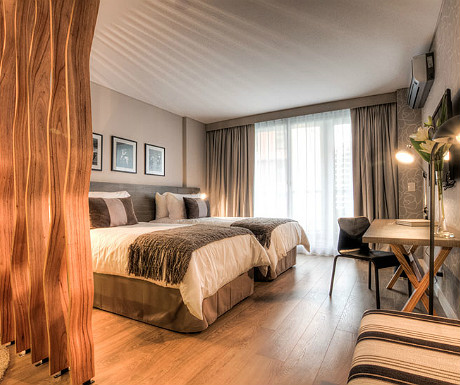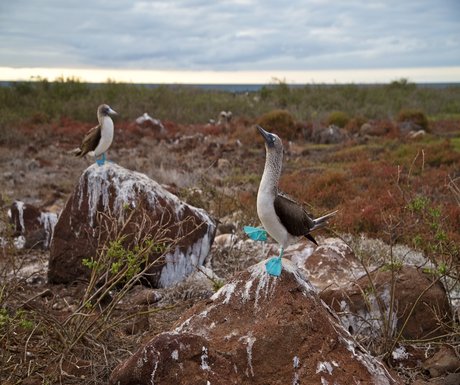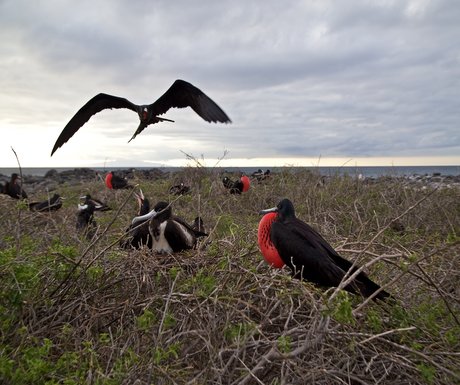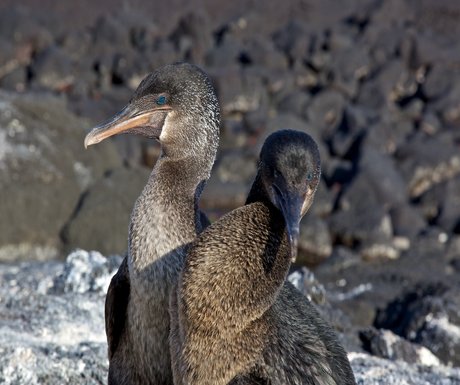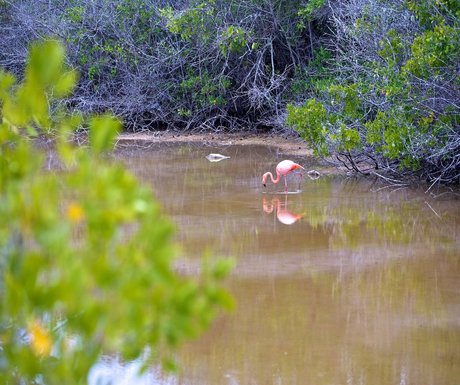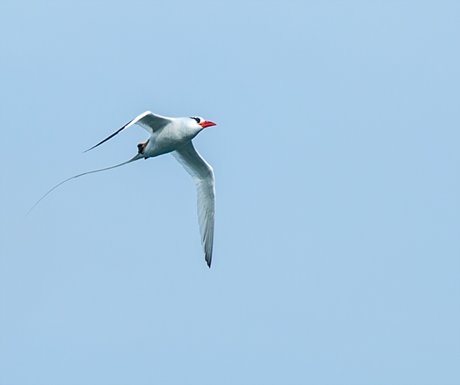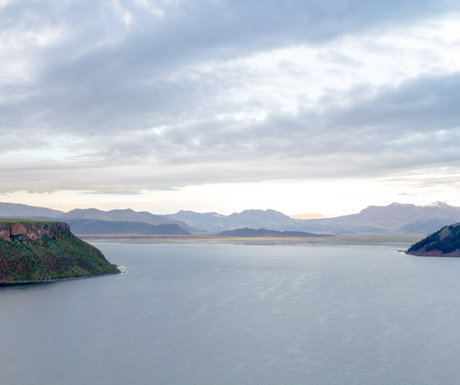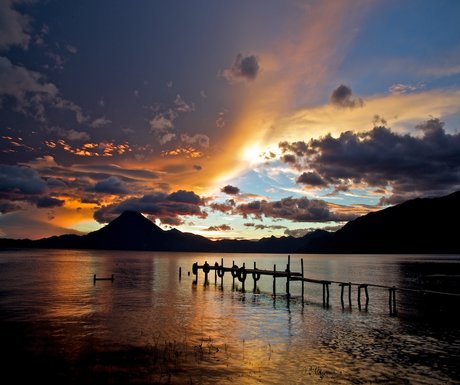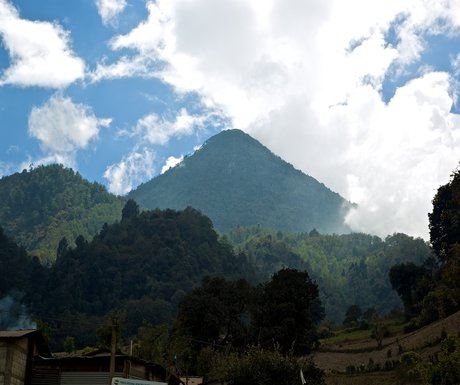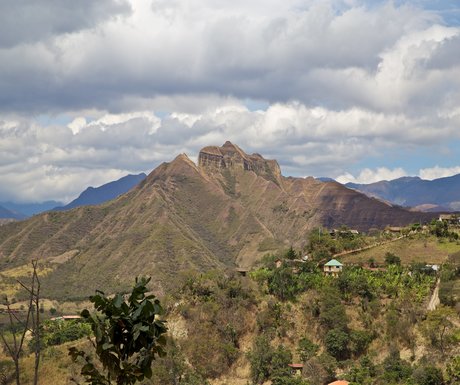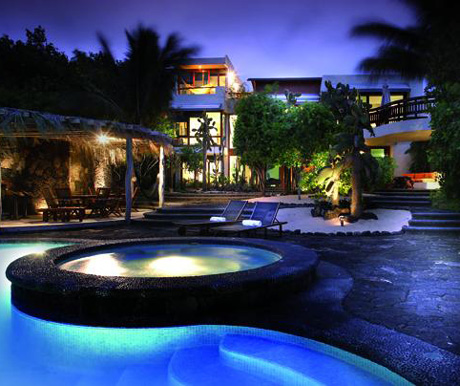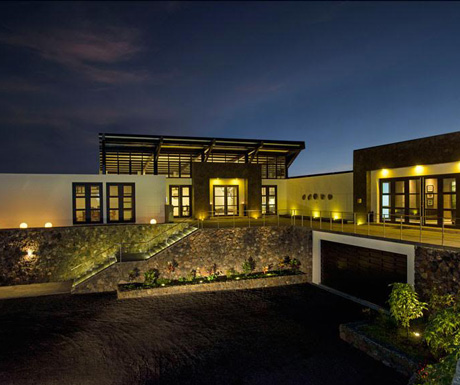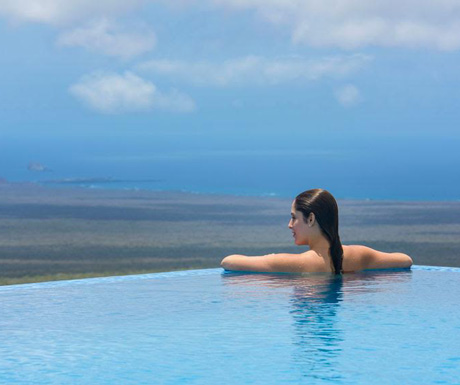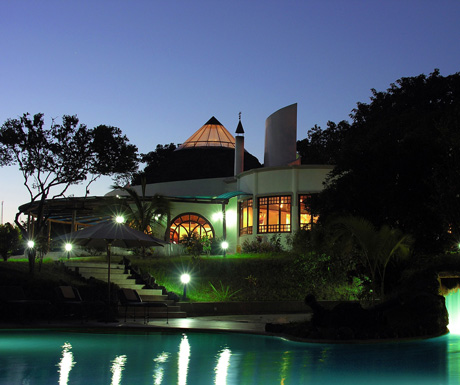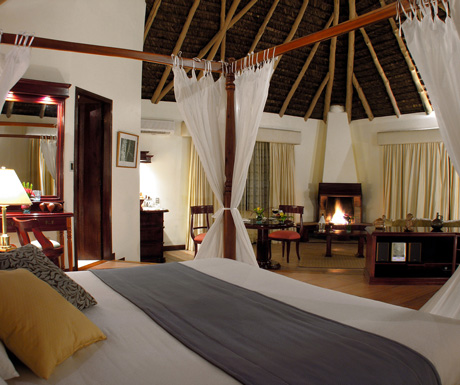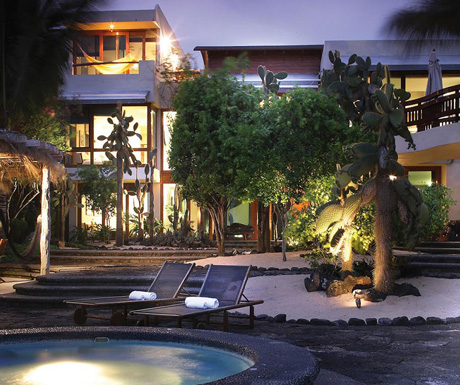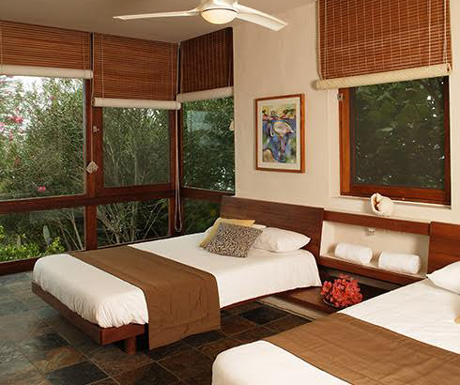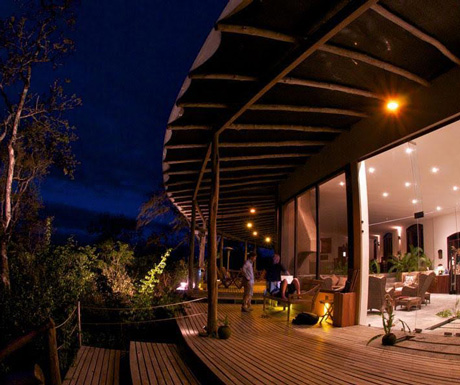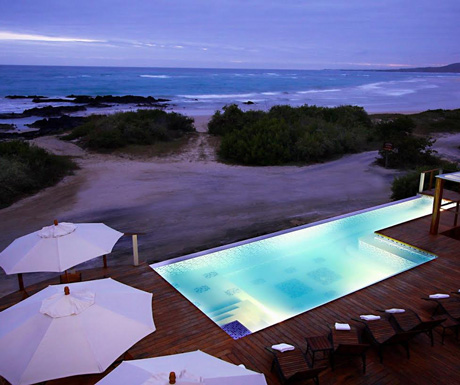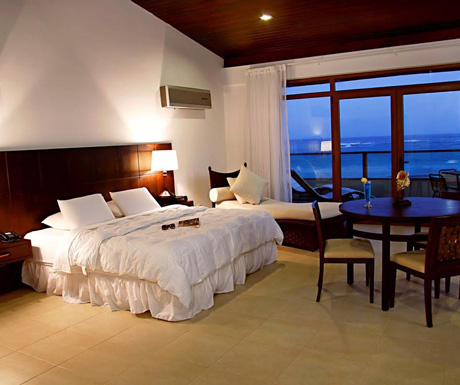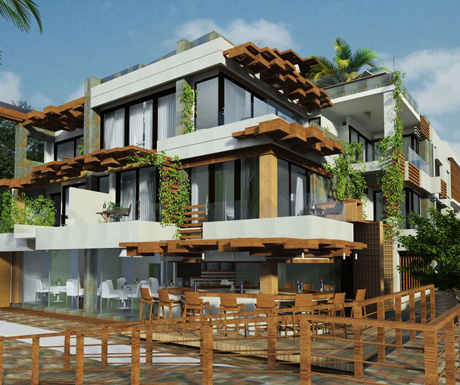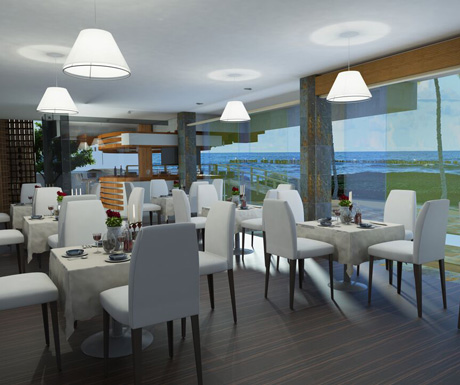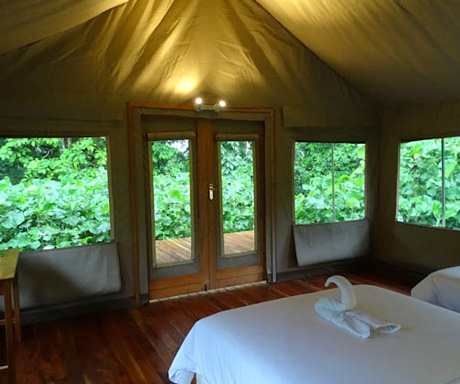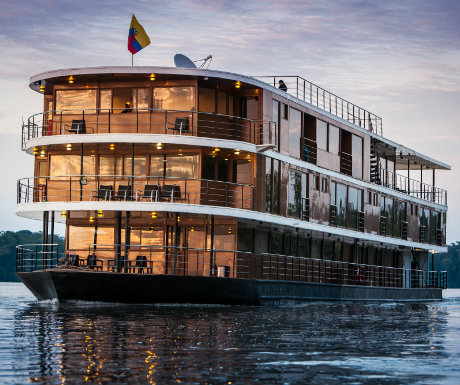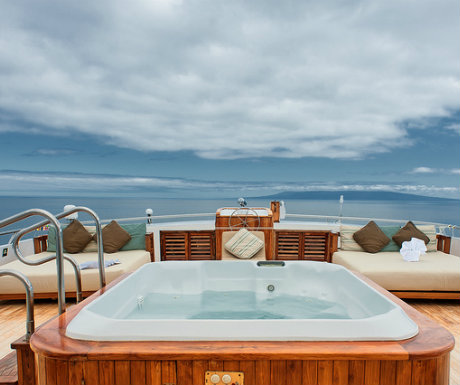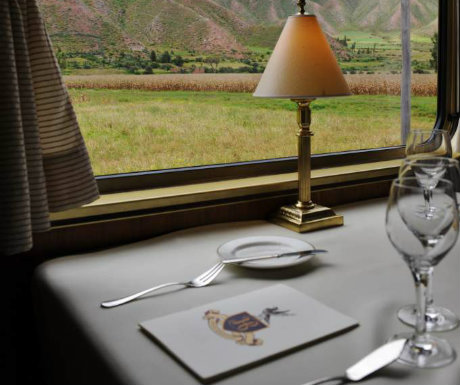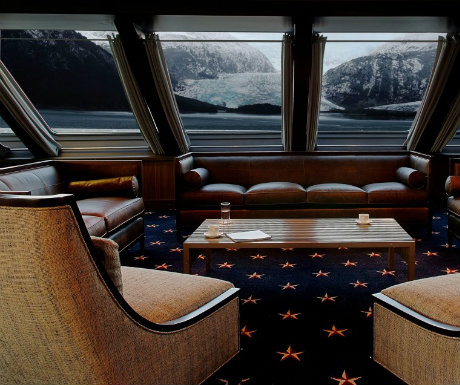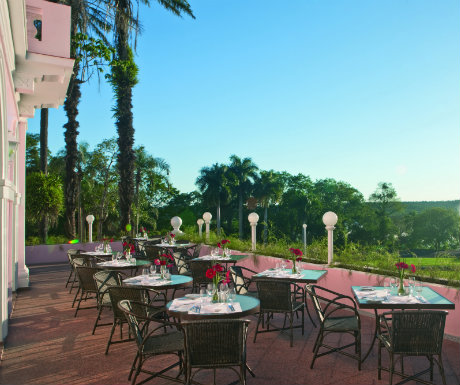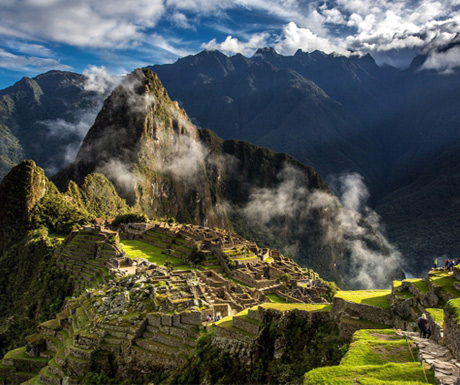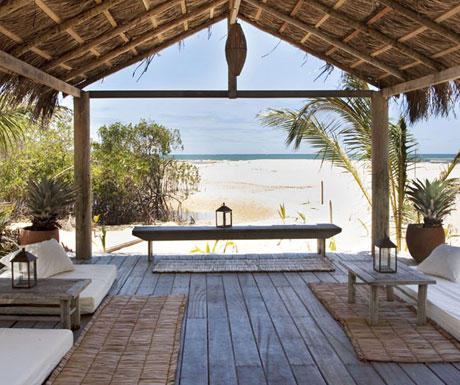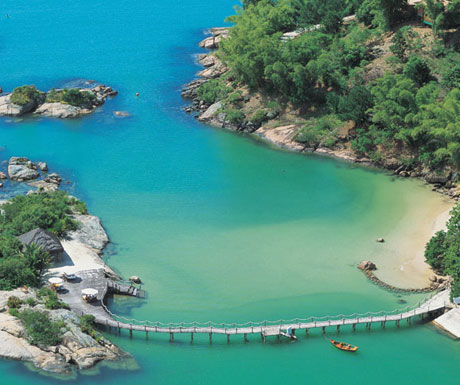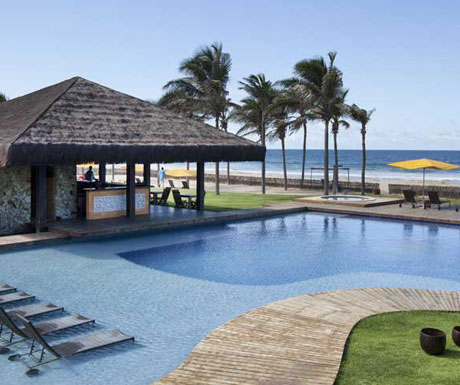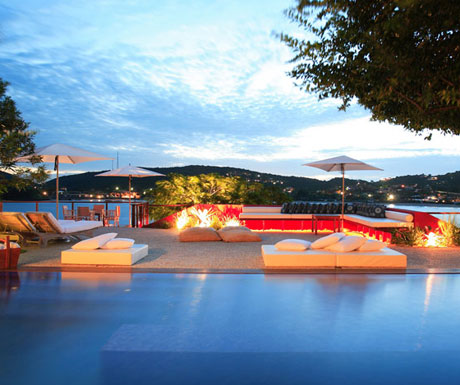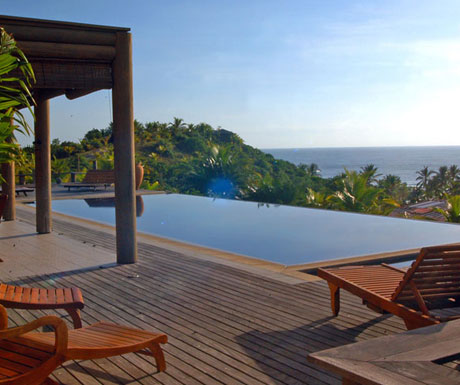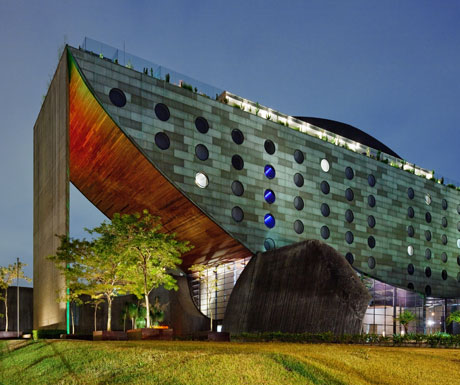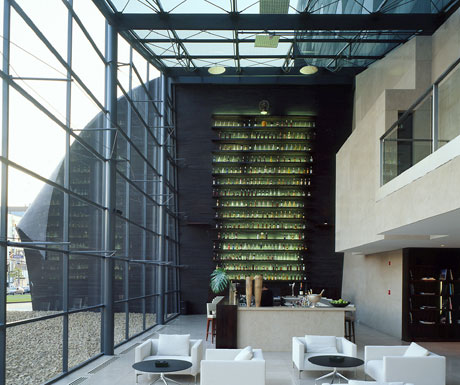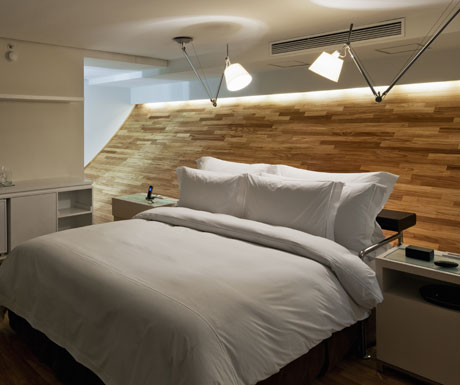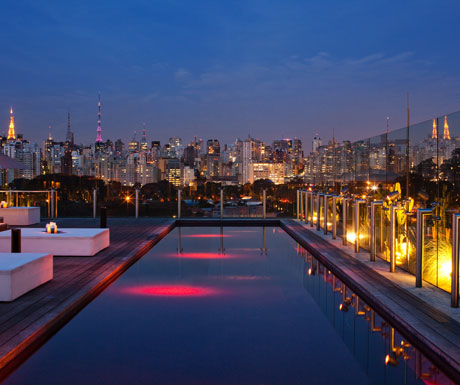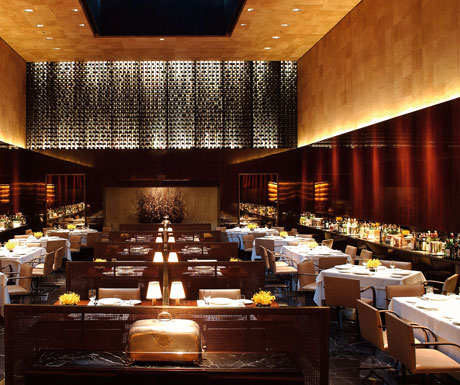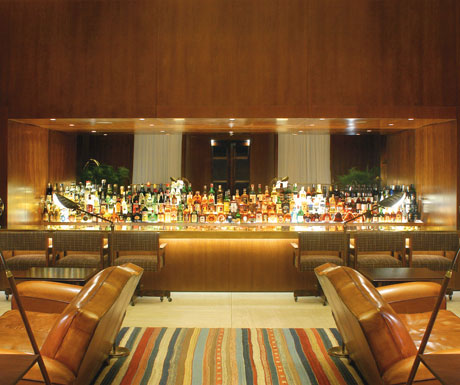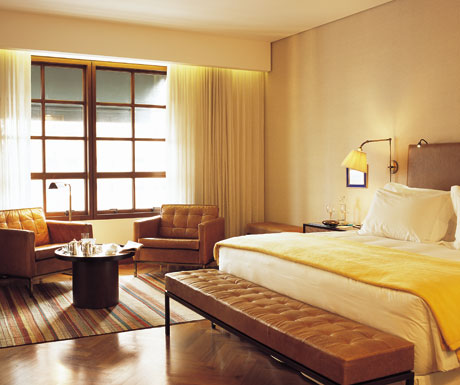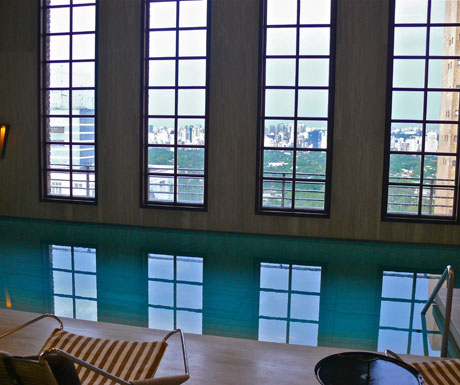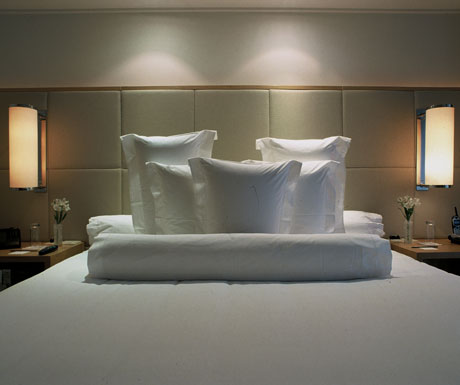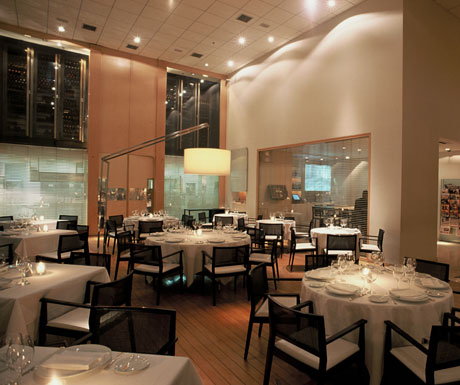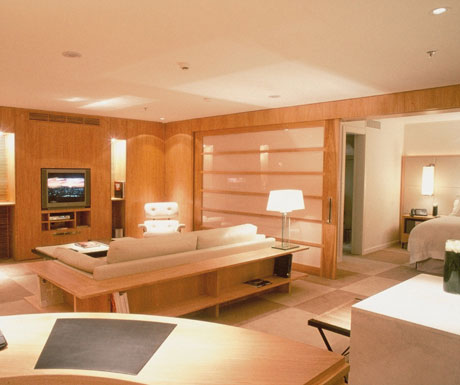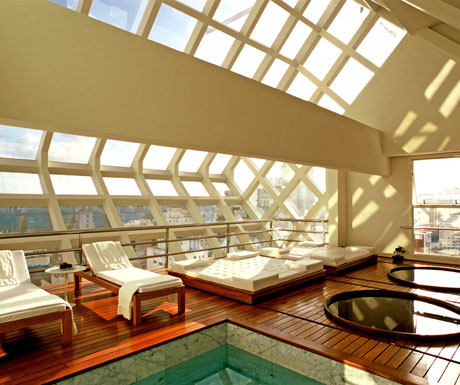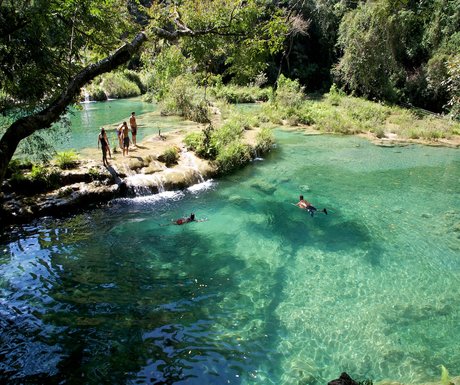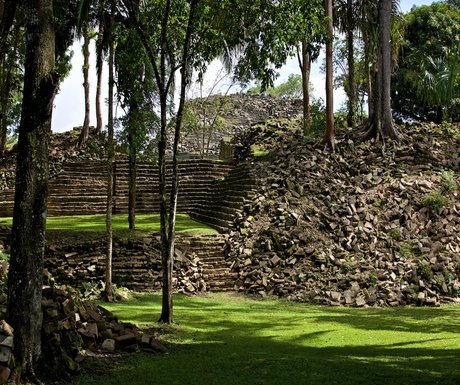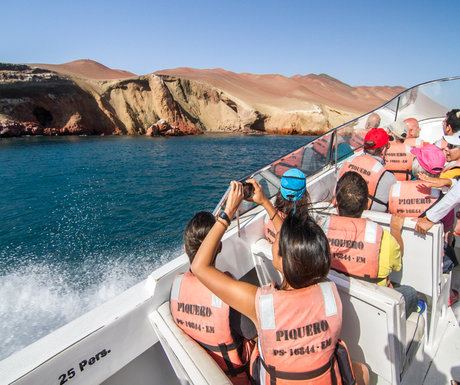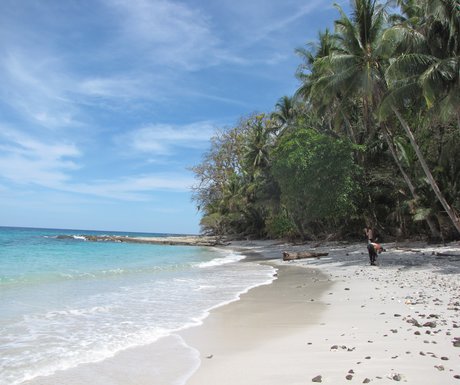To determine the must-see places in Peru, we spoke to leading Peruvian tour operators, Machu Travel Peru. The company is committed to the highest levels of service as borne out by their reviews on Tripadvisor (an impressive 369 reviews stating excellent out of 384 reviews). Machu Travel Peru also takes pride in giving back to the local community and, when we picked their brains on the places you shouldnt miss, based on their customers feedback, the following were their top 5 suggestions.
Cusco
Any first-time visitor to Peru should make sure Cusco is on their hit-list. The city is the most visited tourist destination in the country and is a very special place, both in terms of its architecture and population, as well as being a Cultural World Heritage Site. Walk the cobbled streets, marvel at the Incan buildings and take in the atmosphere of one of the many festivals – there are over 100 each year so theres a good chance your visit will co-incide with one.
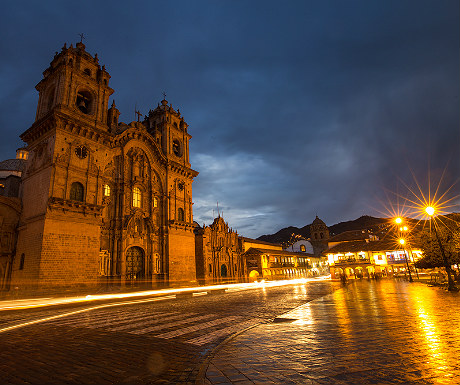
Machu Picchu
Visitors to Cusco would be missing out if they didnt take time out to go to the Incan citadel of Machu Picchu, one of the new seven wonders in the modern world. Situated just over 100 kilometres from Cusco, and at a height of more than 2,400 metres above sea level, these historic ruins are the highlight of the trip for many visitors to Peru.
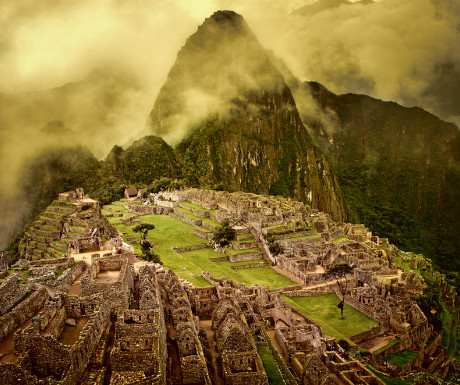
Lake Titicaca
Reputed to be the birthplace of the Incas, Lake Titicaca is home to extensive ruins and, according to Incan mythology, is also the birthplace of the sun, moon, stars and first human beings. Located between Peru and Bolivia, it is the largest lake in South America, one of the deepest lakes in the world and, at over 3,800 metres above sea level, also one of the highest commercially navigable bodies of water in the world.
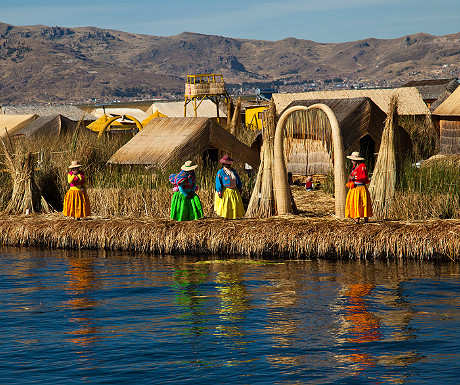
El Valle Sagrado de los Incas
Approximately 15 kilometres to the north of Cusco, the Sacred Valley of the Incas is worth visiting for its attractive colonial towns, numerous Incan sites, markets, occasional weaving villages and the citadels of Pisac and Ollantaytambo. A perfect area for trekkers, this lush area can also be enjoyed as part of an organised day tour.
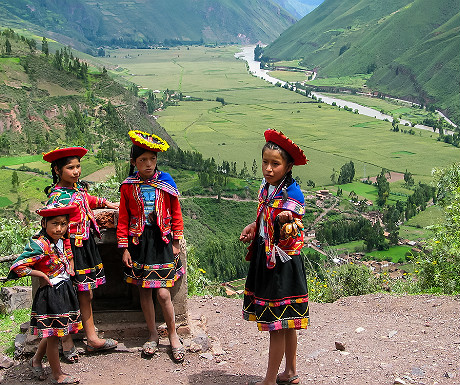
Puerto Maldonado
The city of Puerto Maldonado is a chaotic one but the perfect location for accessing the Peruvian Amazon. Situated at the confluence of the Tambopata and Madre de Dios rivers, its proximity to the jungle provides you with one of the best opportunities to explore ecosystems brimming with wildlife, be it at the Manu National Park, the Tambopata National Reserve or the Bahuaaja-Sonene National Park, all of which are nearby and are home to some of the worlds most pristine rainforest.
